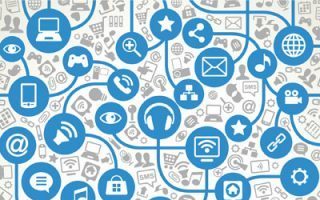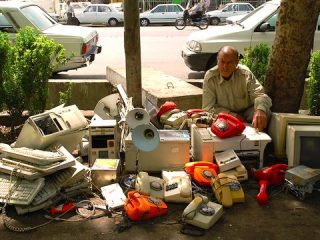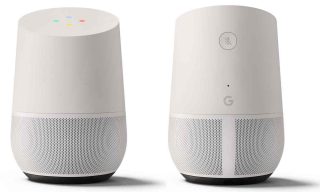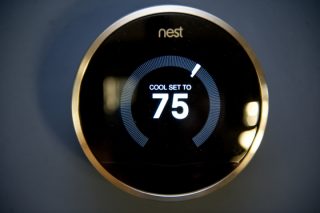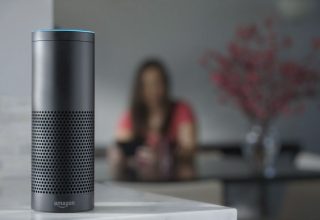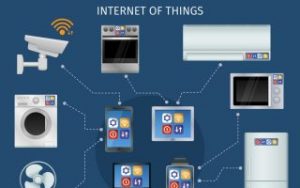
Dharavi is one of Asia’s largest slums but an initiative, which is part of the Google IoT Research Award Pilot, is bringing the IoT to this 535-acre site.
vendors in this city-within-a-city are getting help from the IoT. Using 30 beacon devices provided by Google, a group of researchers from the Industrial Design Centre (IDC) at Indian Institute of Technology (IIT), Bombay, along with researchers from Swansea University in the UK, is creating a “physical web” connecting different shops in Dharavi’s markets
